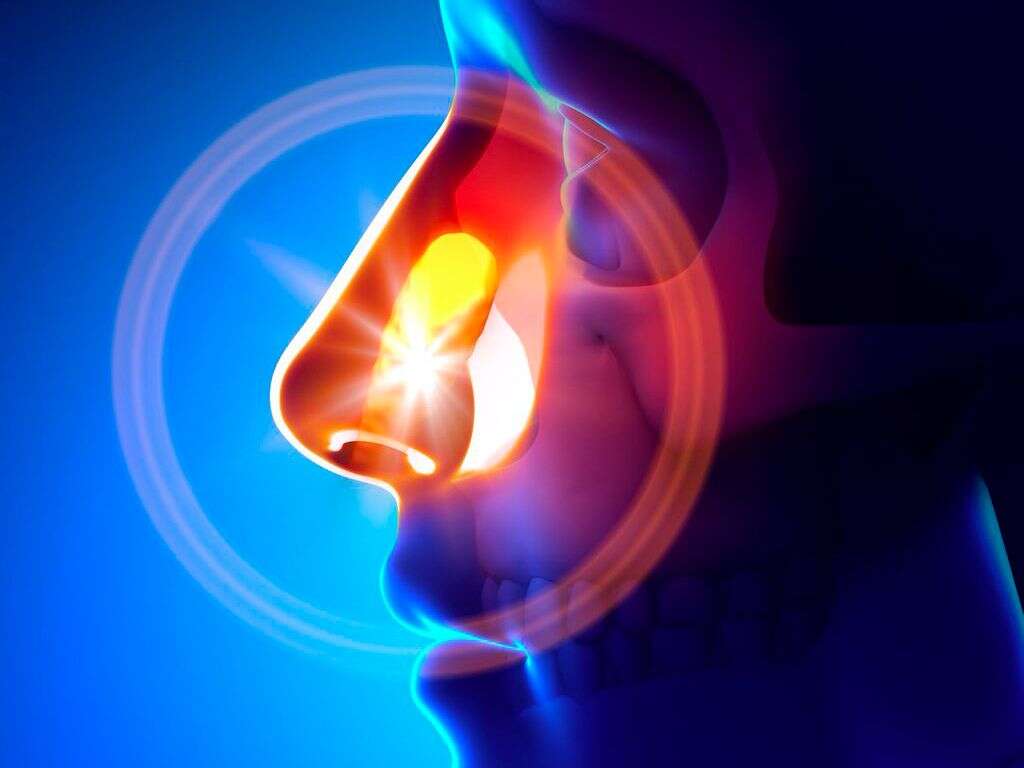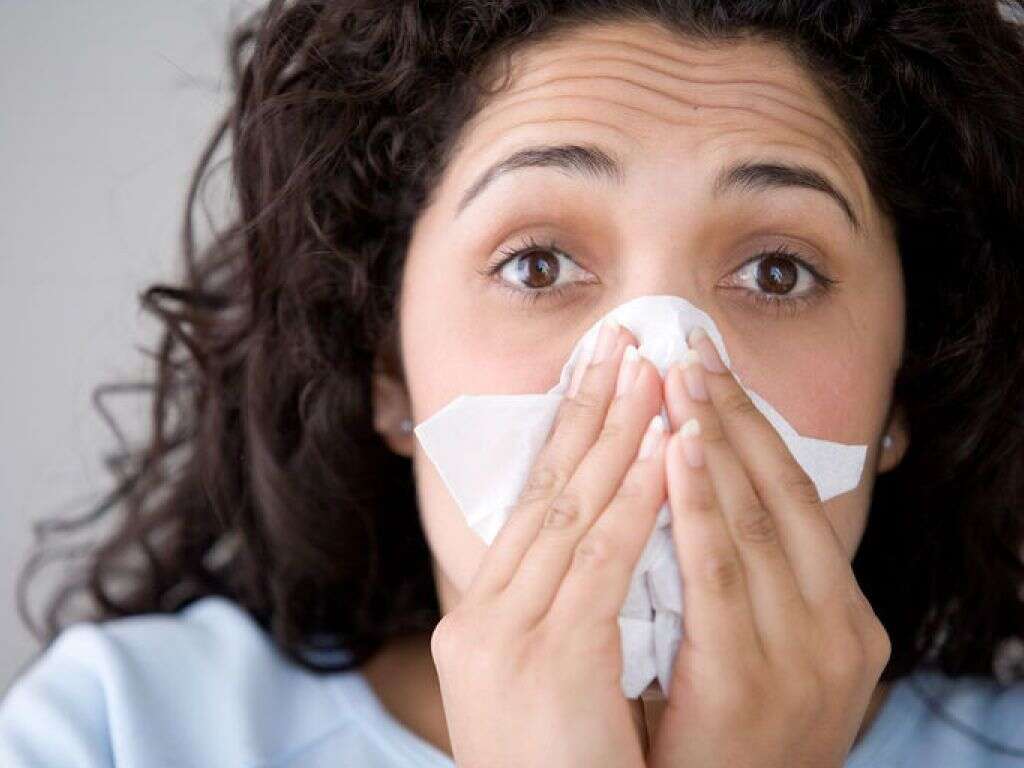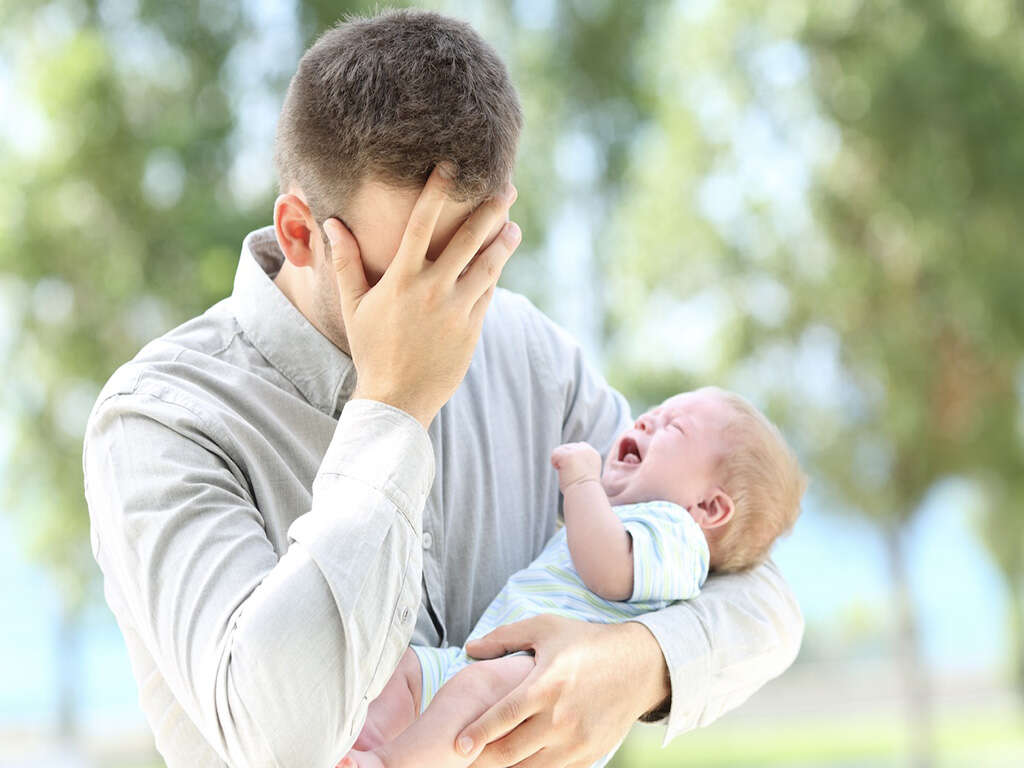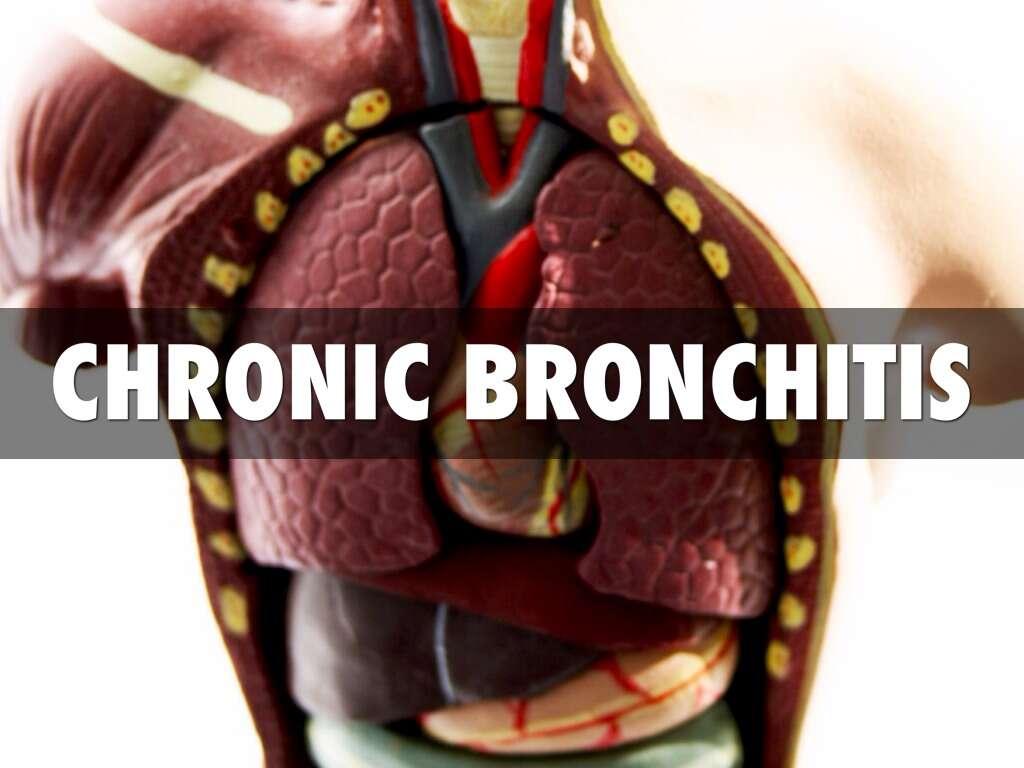What Is Bronchiolitis?
Inside our lungs is a network of air passages that very much resemble the branches of a tree. These branches split and get increasingly smaller until they reach the alveoli. These are small air sacs through which oxygen can pass through the thin walls where it is then absorbed into the blood stream.
These passages inside the lungs are known as bronchioles, and it is essential that they are kept free from blockage so air can flow freely. One such condition that can affect this is bronchiolitis, which is not usually serious, but can be dangerous in a small number of cases.
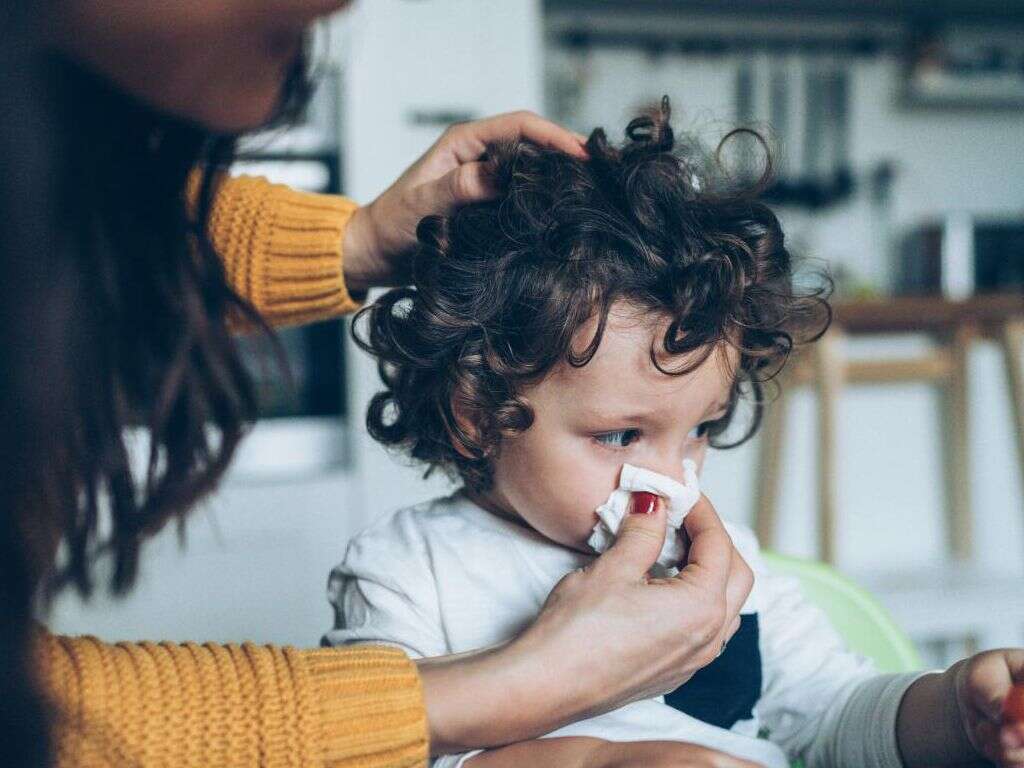
1. Bronchiolitis
Bronchiolitis is a relatively common infection of the lungs. It causes the bronchioles to become inflamed and congested, and this will make it harder for the patient to breathe. The symptoms usually start off mild and will worsen after a while. It is a disease that usually affects children, but it will affect adults in a rare number of cases.
Although the condition can be uncomfortable, it will not usually be serious and most patients will recover after 2-3 weeks. It will be serious in a small number of cases, however, so the condition should not be treated with complacency.
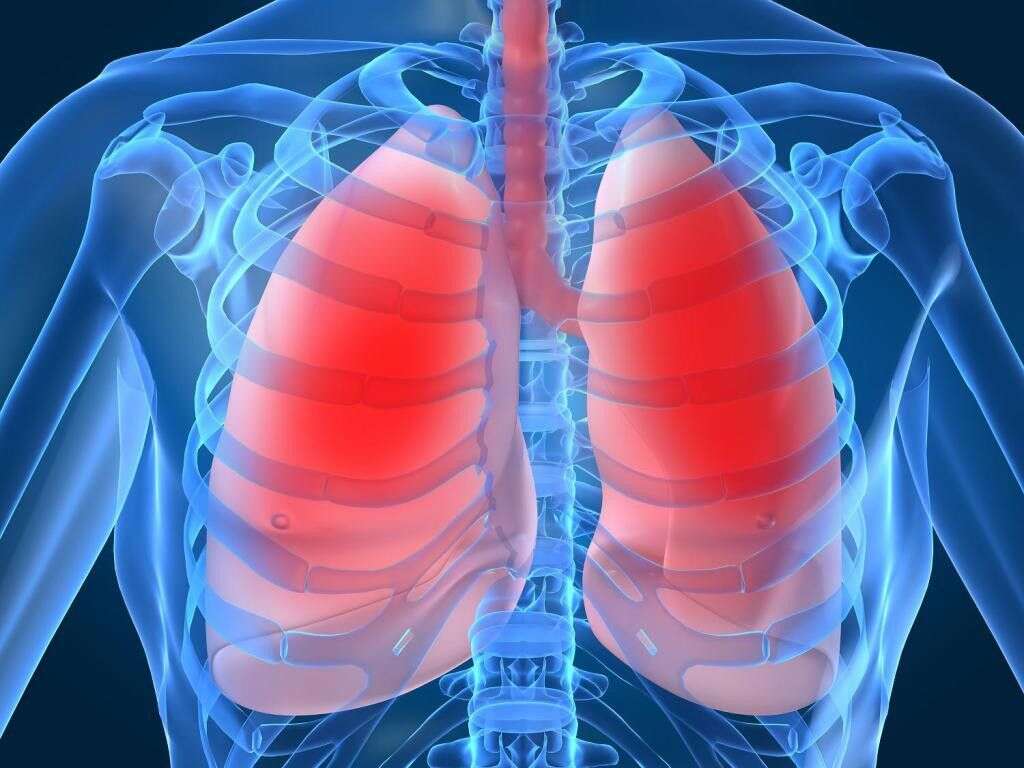
2. Causes
Bronchiolitis is usually caused by the respiratory syncytial virus (RSV). It is a very common virus, with the vast majority of people contracting it by the time they are 2 years old, and having had the disease does not appear to provide any long-term future immunity to it. It can be found all year round, but it is most likely to be found during the winter months.
The disease is usually spread when an infect person coughs or sneezes, thus spraying contaminated droplets into the environment. It is also often transmitted among people that share items like drinking vessels and cutlery.
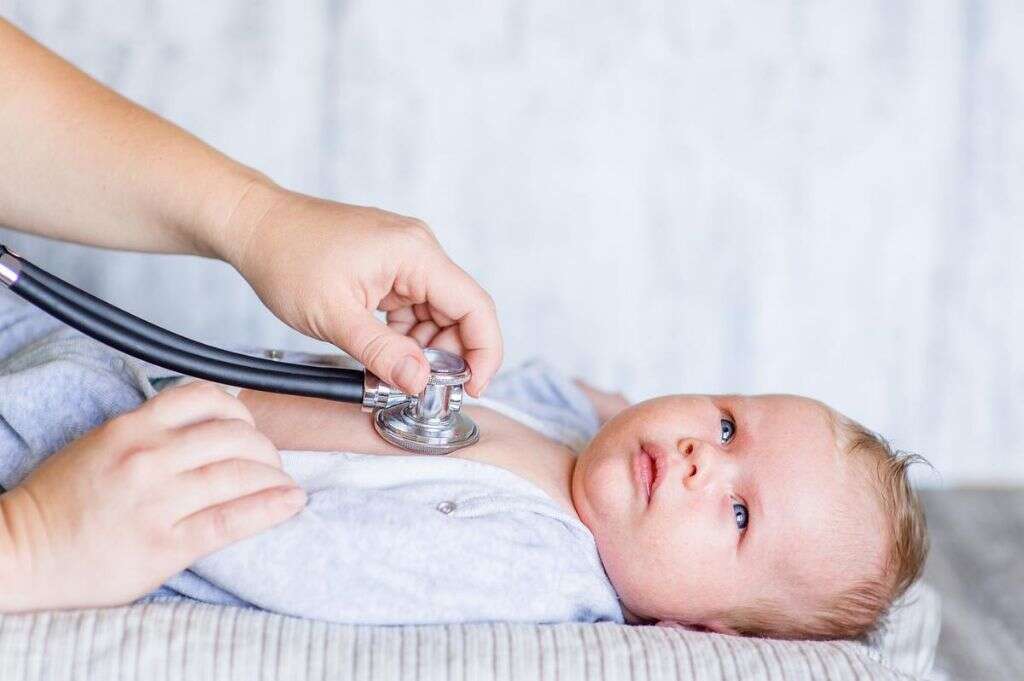
3. Symptoms
To begin with, bronchiolitis will likely be a mistake for the common cold and many parents may not even consider speaking with a doctor. This is down to symptoms like a cough, a blocked nose, and a runny nose. The condition will also sometimes cause a fever, but this is not always the case.
Some patients with the condition will develop an ear infection which can be quite painful for them. After the initial symptoms, the disease can also cause other problems like nausea, and a lack of coordination. Bronchiolitis will often also cause a wheezing sound as the patient tries to breathe.

4. Further Symptoms
The symptoms mentioned so far are not something that should have parents overly concerned, although the patient should still be monitored. If the symptoms do appear to be getting worse, however, then you should speak with a doctor as soon as you can. This is especially the case in very young children and those with other medical conditions.
More serious symptoms of bronchiolitis include the patient breathing very quickly, or that they appear to find breathing difficult. It is also a dangerous sign if the patient is lethargic, and if they are not drinking. Get medical assistance a soon as possible of they are turning blue in color.

5. Age Risk Factors
An adult’s immune system is usually strong enough to resist the pathogens that can cause bronchiolitis. Very young children, however, will not yet have developed an immune system that is strong enough. This is one of the main reasons why bronchiolitis is found in children and not in adults.
Another factor that can exasperate the problem is that a baby’s lungs are not yet fully develop when very young, especially those younger than 3 months old. Young children are also often in close contact with many other young children, and this also makes them more likely to be exposed to the disease.

6. Medical Risk Factors
In addition to the patient’s age, certain medical factors can also have an effect on how likely they are to develop bronchiolitis. They can also help determine how serious the disease will be for the patient. One of the contributing factors is whether or not the patient was born prematurely.
Babies that have not been breast fed are also at a higher risk. This is because babies get a lot of their ability to fight the disease directly from their mother’s milk. Babies are also at a greater risk if they are exposed to cigarette smoke, and a weakened immune system is another factor. Being born with lung or heart conditions can also contribute.
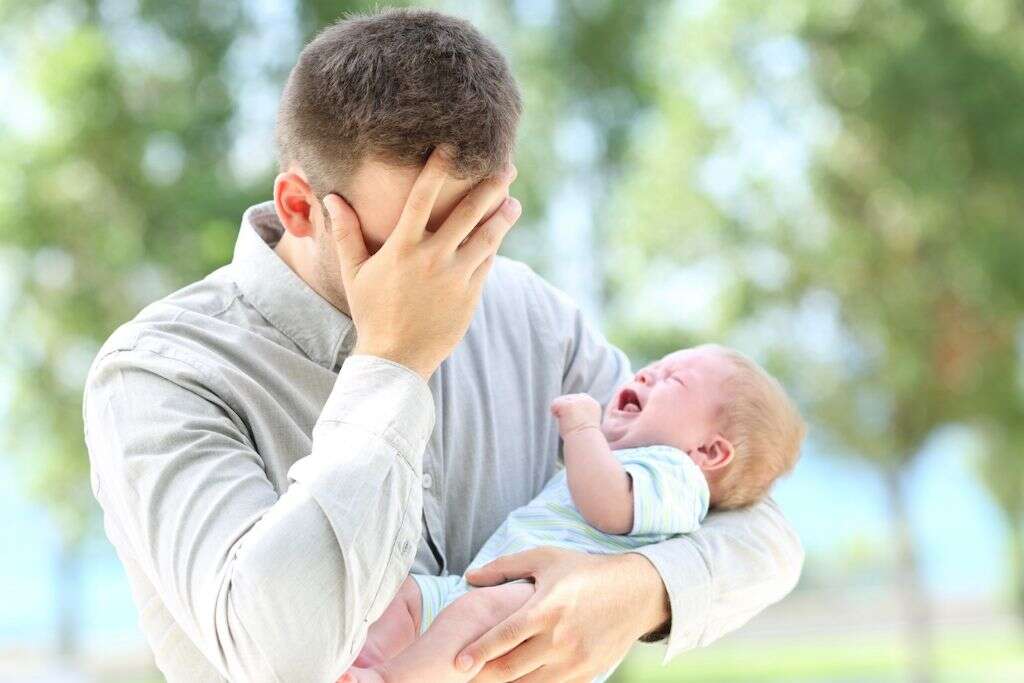
7. Complications
Bronchiolitis can cause pauses in breathing in some babies and, as mentioned, their skin can begin to turn blue. They can also become dehydrated if they are refusing to drink and this in itself is potentially dangerous. Symptoms of dehydration in babies include a dry mouth, fewer tears than usual, and a sunken area on the top of their head.
If the baby cannot breathe properly then there is a real risk of the oxygen levels in their body falling. Those with a weakened immune system are also at a risk of the infection rapidly becoming more severe. If this does happen then the patient should be found immediate medical assistance.
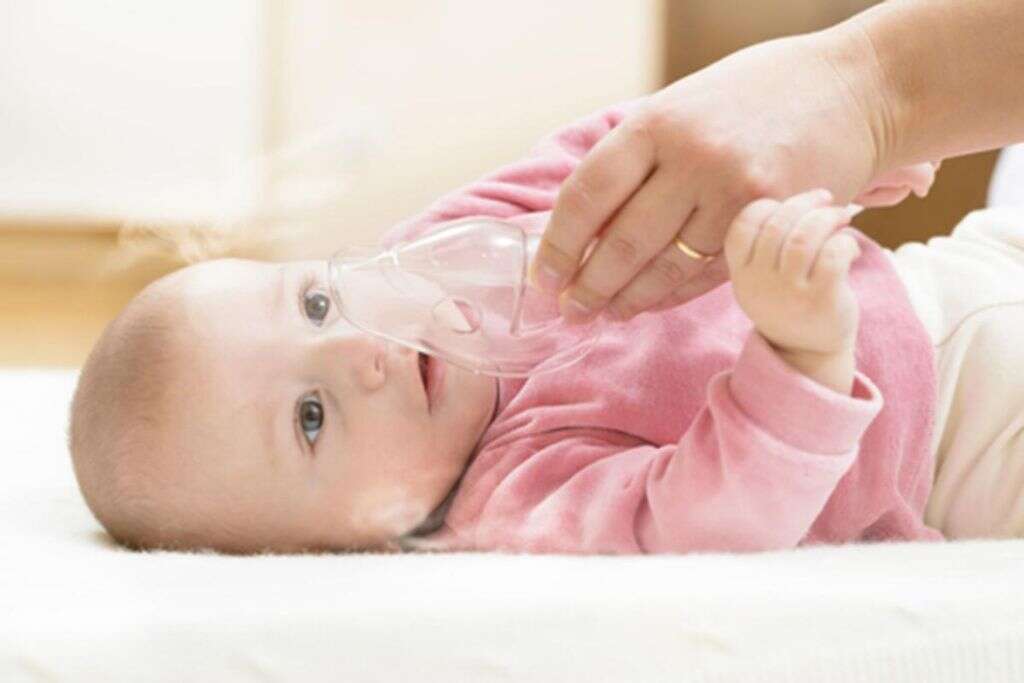
8. Prevention
The chances of your children catching bronchiolitis can be significantly reduced by taking precautions that apply to other types of pathogen. This includes washing your hands regularly, and especially before you touch your baby. You should also try and keep surfaces as clean as possible and also try and cover your mouth and nose when coughing or sneezing.
Another way to help prevent bronchiolitis, and other diseases, is to breast feed your baby as often as possible to help build their immune system. Also try and keep them away from others who you suspect are ill. Some babies with certain medical conditions may be given medication to help protect them from the disease.
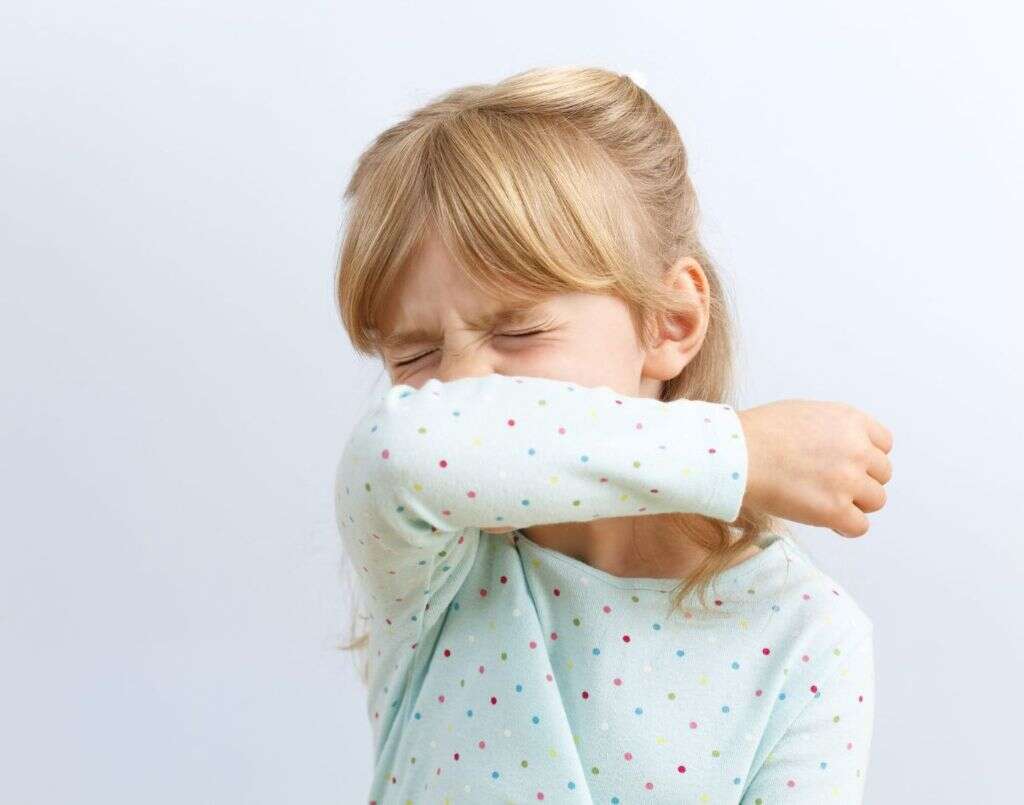
9. Diagnosis
Diagnosing bronchiolitis is usually a fairly straightforward process, and a physical examination and using a stethoscope is often all it takes. The doctor is also likely to look for signs of dehydration. If your child is in a higher risk category, however, then it may be deemed necessary to conduct further tests.
These further tests can include taking a swab from inside the patient’s nose to look for viruses and other pathogens, while a blood sample will also sometimes need to be taken. An X-ray will also sometimes be performed to help medical professionals look for the signs of pneumonia.

10. Treatment
In most cases, the patient will be able to fully recover without medical care. The disease will usually last for around 3 weeks at the most, after which time they will go on to make a full recovery. Regardless, it is very important that the patient is monitored to ensure the condition doesn’t get worse.
If the symptoms do worsen considerably then hospitalization may be required. Here, they may be given oxygen to help them breathe and they may also be put on an intravenous drip to help keep them hydrated. It may also be necessary to put the patient on a ventilator in the more extreme cases.





